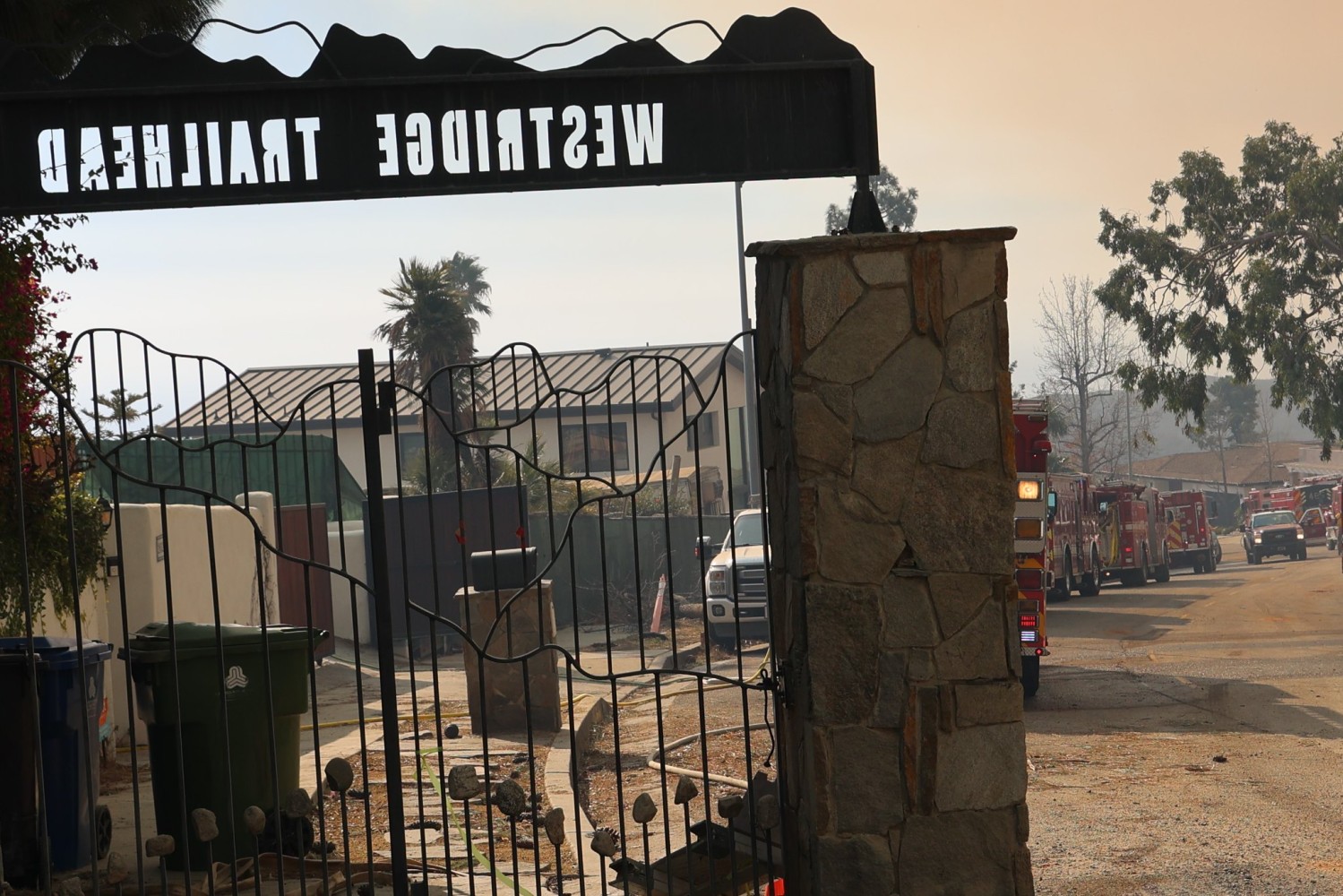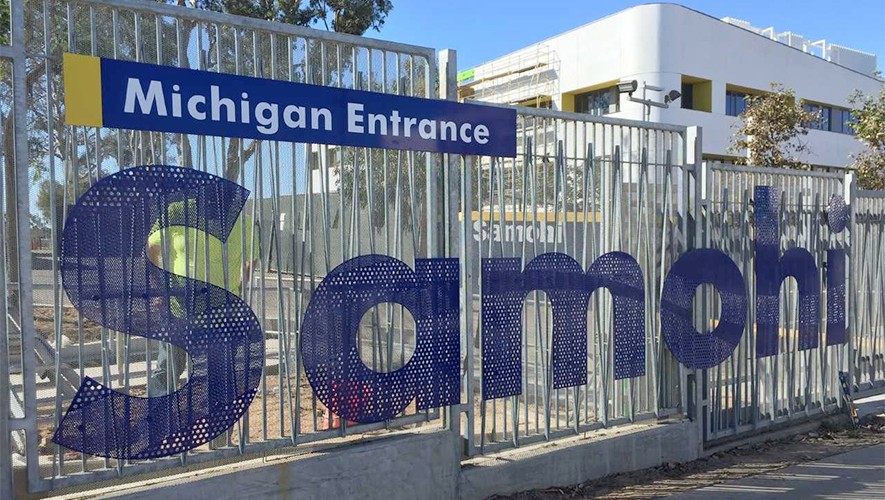
The devastating fires that struck Los Angeles in January 2025 echo a pattern of increasingly destructive wildfires reshaping California’s approach to fire safety. To understand our current challenges, we must examine how fire safety regulations have evolved, particularly following the watershed 2018 Camp Fire in Paradise, California, which exposed critical gaps in the state’s fire prevention strategies.
Before 2018, California relied primarily on property-based approaches to fire safety, centered on Public Resources Code Section 4291’s requirement for 100-foot “defensible space” around structures in fire-prone areas. While CalFire maintained guidelines for fuel reduction and vegetation management in Wildland-Urban Interface (WUI) areas, these measures proved inadequate against the unprecedented intensity of modern wildfires, spawned by climate change creating increasingly ferocious winds casting embers up to two miles into densely populated areas.
The Paradise fire catalyzed a fundamental shift from individual sites toward comprehensive, community-wide protection strategies. This new approach encompasses enhanced buffer zones, stricter building codes, and improvements towards and recognition of the natural WUI mega-fire risk. Communities now require expanded fuel breaks, strategic vegetation management, better-planned evacuation routes, and sophisticated early warning systems. As such, building codes now mandate ember-resistant vents, fire-resistant siding, and non-combustible requirements for deck and patio construction.
Los Angeles has a complex topography as region’s extensive WUI zones stretch across canyons and hillsides, with unusual development patterns. The County faces unique challenges to put in place safety measures such as pre-burns for brush along the foothills – most of that under Federal control. Additionally, dense development of buildings built before 1970 in high-risk areas like the Hollywood Hills, Pacific Palisades, Altadena, and Malibu complicates evacuation planning and resource allocation.
The administrative complexity of Los Angeles County compounds these challenges. The region must coordinate not only Federal assistance but also between 88 different cities within the county, each with its own building codes and enforcement mechanisms. This jurisdictional overlap creates bureaucratic processes that can delay crucial improvements of safety. The strain on resources became particularly acute during the multiple same-day mega-fires when an unequitable distribution of firetrucks and crews occurred between affluent and less affluent areas.
As referenced, and often overlooked, is that nearly half of California’s land falls under federal management, including significant portions around Los Angeles, while only about three percent is managed by the state, with 97% by the Feds. This jurisdictional distribution makes wildfire mitigation heavily dependent on action and resources from the Feds. Recent years have seen an ongoing staffing crisis within the U.S. Forest Service, driven by budget cuts and inadequate compensation, severely limiting the capacity for both preventive measures and initial fire response.
Prescribed burns represent one of the most effective strategies for reducing nature’s fuels for catastrophic wildfires, but implementing these measures requires substantial public investment. We know the Feds have essentially rejected a belief in carbon emissions as an issue requiring government assistance. This policy supports their withdrawal from controlled burns on federal lands for example. Rather than address the overwhelming scientific evidence for human-caused climate change, the Feds employ a framework that philosophers call “burden of proof reversal.” This shifts discussions to emphasize how to save the economic costs of climate action. The clever rhetorical tool disguises policy as maintaining internal consistency while they ignore engagement with the truth of climate science.
The complex political dynamics between city, county, state, and federal governments is now evident to all as needing mutual coordination in implementing new codes for fire safety measures. There is resistance from homeowners on their wealthy hillside property values, and from developers protest against the cost of complying with new building requirements. Although Environmental regulations add another layer of complexity, the recent streamlining of Coastal Commission’s oversight of recovery developments has helped reduce regulatory timeframes.
To assist in the coordination a three-zone approach to fire safety has been adopted: a 5-foot hardscape perimeter around houses, a 30-foot buffer zone for tree-plants, & perhaps building locations, and a 100-foot zone for tree limb and vegetation spacing. However, implementation faces significant challenges, not only from residents and builders but including shortages of qualified contractors and limited availability and cost of fire-resistant building materials during recovery periods.
As climate change continues to exacerbate wildfire risks, these challenges become increasingly urgent. The County’s 5,000 square miles, multi-governing entities, with the federal government, make it a crucial testing ground for advanced fire safety strategies that could serve as models for other similarly at-risk communities worldwide. Success developing the models will require stronger regional cooperation, more equitable resource distribution, and creative financing solutions to support necessary infrastructure improvements.
Fortunately, in response to these unprecedented challenges, the State has unveiled an innovative private-sector financial initiative marking a significant step forward in the city’s recovery efforts. Led by LA’s prominent community leaders this initiative has committed an initial $100 million to support recovery efforts. This development represents a fortuitous crucial partnership between public and private sectors in addressing the estimated $250 billion in damage caused by recent fires, which destroyed over 12,000 homes, businesses, school, and other structures with displacement of more than 100,000 residents.
This initiative will work in concert with existing aid programs, and it demonstrates the kind of innovative solutions needed to address Los Angeles’s complex mega-fire safety challenges. That said, moving forward with recovery, it is to be cautioned and guarded against real-estate-investment-trusts (REIT) and similar private entities buying up large areas of the fire-damaged areas. These purchases have occurred in other disaster areas, not necessarily burnout and rebuild areas, and reduces the opportunity for home ownership, particularly for those less affluent who are less prepared, or underinsured, and must sell to survive. The predicament being the loss of their ability for future ownership, prompting leaders after the Eaton Fire to display signage that “Altadena is not for sale.”
Through careful analysis of barriers to debris removal and rebuilding, Los Angeles can work toward a more fire-resilient future while preserving its unique character. The combining of public resources, private sector innovation, and community support, provides a blueprint for how modern cities can adapt to and overcome the growing challenges posed by climate change and wildfire risk. Succeeding in these efforts will depend on unprecedented cooperation between federal, state, and local authorities which will be strengthened by this significant private sector commitment to the city’s recovery and future resilience.
Jack Hillbrand AIA for SMa.r.t.
Santa Monica Architects for a Responsible Tomorrow
Samuel Tolkin, Architect & Planning Commissioner; Thane Roberts, Architect;
Mario Fonda-Bonardi AIA, Architect; Robert H. Taylor AIA, Architect;
Dan Jansenson, Architect & Building and Fire-Life Safety Commission, Michael Jolly, AIRCRE; Jack Hillbrand AIA, Architect & Landmarks Commissioner; Phil Brock, SM Mayor (ret)













